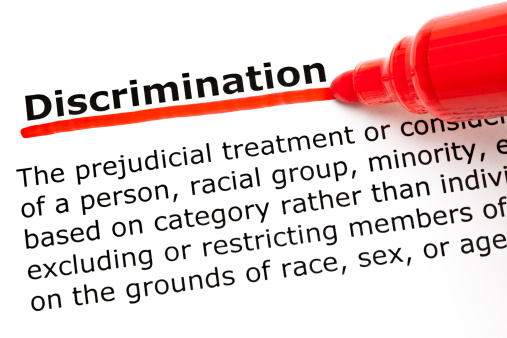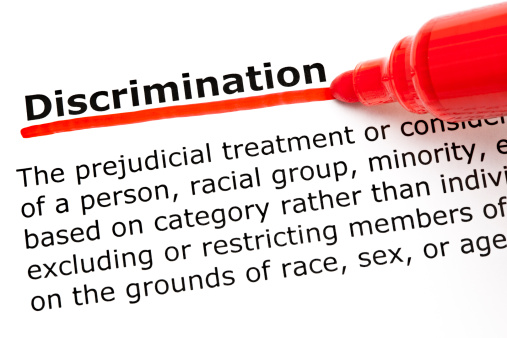Stupidest things ever put on a resume, Vol. 2: Our readers speak

As you may recall, back in April we did a rundown of the stupidest things Reddit users/HR pros had ever seen on a resume. Well, we asked our readers to share the dumbest things they’ve discovered on resumes — and you didn’t disappoint.
This all started when a Reddit user started a thread, calling on all interviewers to share “the most ridiculous thing you’ve ever seen on a resume.”
After publishing some of the highlights, we promised to follow up with a list of our own, complied from resume blunders HR Morning readers have found. While some of the responses extended beyond resume gaffes, most were worthy of sharing.
Here’s some of the best of what you shared with us:
- “A candidate once asked during an interview, ‘Are children ever in the building? I’m not legally allowed to be near them anymore.’ (I didn’t shake his hand when he left.)”
- “Gold Medalist (like it was a credential).”
- “We had a person apply for a job who included their personal website on their resume. The website included the contents of their entire porn library — and it was obvious this person had a fetish. Oy.”
- “I received a cover letter addressed to ‘Dear Mr. So-and So’ … my name is very gender specific.” (Her screen name’s Debbie.)
- “I also had a candidate indicate their nick name was Pork-Chop (as if the hyphenation was necessary!).”
- “I had an applicant for a receptionist position include this in his cover letter. ‘I am so versatile, that I cannot figure out what I want to become a professional at, I am currently taking the beginner classes at a community college to broaden my knowledge on all different types of studies, to see which I might prefer.’”
- “I have actually had three resumes that stated: ‘I love to work in a fast paste environment.’”
- “I know you’re asking about resumes, but couldn’t resist submitting some of the more interesting section of a cover letter I received. A friend of mine recently confided she was re-writing her resume and cover letter to read more like her dating profile in an effort to fully represent her true, authentic self and to better attract those with shared, succinct interests. While I am happily hunkered down in domestic bliss and donât have much need for a dating profile, I am going to attempt some of her logic in this cover letter. First off, I want you to know, I freaking want this job! … First, in true dating profile fashion, I will give you some logistics. I am 33 years old. Iâm a Libra. I was born and raised in Washington and live on a small homestead with my partner of ten years and our eight year old son.”
- “While recruiting for a teacher’s aide, I received a resume that stated that the applicant had skills in ‘assassinating’ the lead teacher. Darned Auto Correct!”
- “A candidate listed three references: Bill Gates, Ronald Reagan (after he was deceased), and the Lord God Jesus Christ. He didn’t provide any telephone numbers though.”
- “I have all my teeth.”
- “When I graduated from college I listed ‘disassembly line specialist’ as my previous job. I worked 5 years as a meat packer while attending college – turning cows into hamburger.”
- “Easier to train than a monkey.”
- “Applying to be an electrician, someone put a picture of a bald eagle with this phrase below it, ‘PATRIOTISM–You’re either with us or a F***ing terrorist.’”
- “I had a woman whom applied for a position that listed that her sternum bone was ‘removed and replaced with mesh.’ The same woman also listed that she left a previous job because she was ‘ACTUALLY TIRED OF BEING THE ONLY ONE WITH ALL THE WEIGHT AND EVERYONE IS SUPPOSE TO WORK AS A TEAM.’”
- “I actually interview a guy for a driving position that had more then 30 suspensions on his drivers license and more than 10 tickets in 5 years, five of the tickets were issued in about 6 months by the same officer in the same area. His explanation to me was that he was a great driver and it was someone else’s fault. He said that the officer was a jerk and was picking on him. I asked him if he committed the offenses and he said that, that was besides the point..!’”
Please keep the resume blunders coming.
For more HR News, please visit: Stupidest things ever put on a resume, Vol. 2: Our readers speak
Source: News from HR Morning




